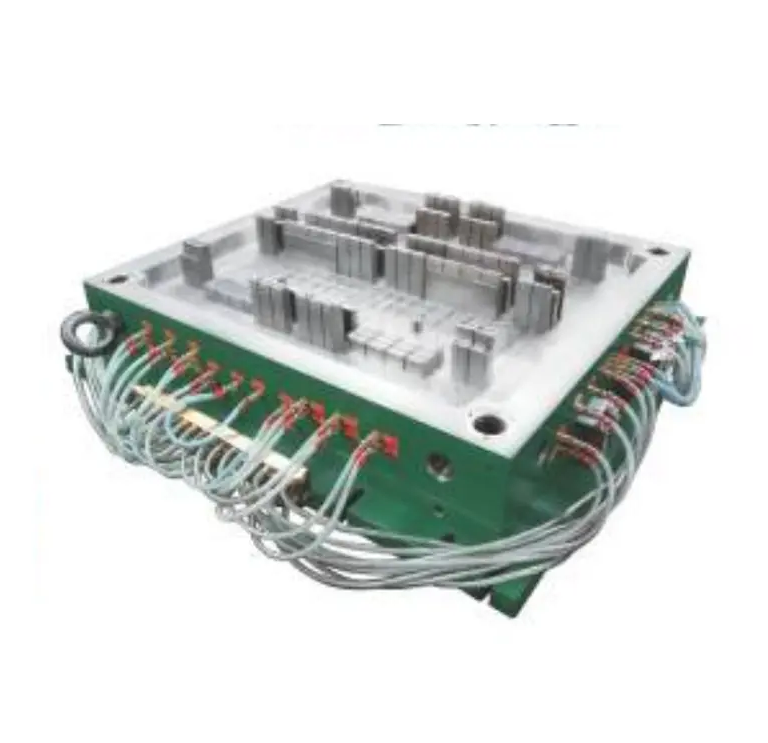Introduction to Material Adaptability in Plastic Basket Molds
Plastic Basket Molds are essential tools in manufacturing durable and functional baskets used for storage, household, and commercial applications. The adaptability of a mold to different plastic materials plays a critical role in product quality, operational efficiency, and long-term reliability. Plastics such as polypropylene (PP), polyethylene (PE), and polystyrene (PS) have distinct properties, including viscosity, shrinkage, and melt temperature. A Plastic Basket Mold must be designed and adjusted to accommodate these differences to produce baskets that meet dimensional, structural, and aesthetic requirements consistently.
Adapting to Polypropylene (PP)
Polypropylene is a widely used material for basket production due to its chemical resistance, lightweight nature, and durability. However, PP has a relatively high shrinkage rate, which can impact dimensional accuracy. A Plastic Basket Mold must account for this by designing cavities slightly oversized and incorporating uniform cooling channels to reduce warping. Proper venting and controlled injection pressure are also essential to prevent defects such as voids or surface irregularities, ensuring that the baskets maintain their intended shape and strength.
Adapting to Polyethylene (PE)
Polyethylene, including high-density (HDPE) and low-density (LDPE) variants, presents unique challenges in molding. HDPE is rigid and requires precise temperature control to avoid stress and cracking, while LDPE is more fluid and may cause flashing along mold parting lines if the mold is not tightly sealed. Plastic Basket Molds must accommodate these differences with careful design of gating systems, proper alignment of mold halves, and balanced cooling to ensure consistent flow and even wall thickness. These measures help produce baskets that are structurally sound and free from defects.
Adapting to Polystyrene (PS) and Other Materials
Polystyrene and other specialized plastics, including recycled materials or composites, demand additional considerations in mold design. PS has a lower melt temperature and is prone to brittleness, which requires careful control of injection speed and cooling rates. Recycled plastics may introduce variability in flow behavior or particle size, affecting surface finish and mechanical performance. A Plastic Basket Mold must be robust, easy to clean, and adaptable to handle these materials without compromising basket quality, particularly in mass production environments.
Design Considerations for Versatility
To maximize adaptability, Plastic Basket Molds often include features such as adjustable gates, interchangeable inserts, and uniform cooling systems. These design elements allow a single mold to work with multiple types of plastics with minimal modifications. Monitoring injection parameters, such as melt temperature, pressure, and cooling time, is also crucial for consistent production. Operator training and quality control measures further ensure that baskets meet required standards regardless of the plastic material used.
Conclusion
The adaptability of a Plastic Basket Mold to different plastic materials is a key factor in efficient and reliable basket manufacturing. Differences in viscosity, shrinkage, and thermal properties among materials like PP, PE, and PS necessitate careful mold design, process optimization, and material handling practices. By implementing adjustable mold features, precise temperature control, and effective venting, manufacturers can achieve high-quality baskets across a range of polymer types. Ensuring material compatibility enhances operational efficiency and product reliability, making versatile Plastic Basket Molds indispensable in modern injection molding production.
